Het arrangement 2BBL/KBL/TL Unit 9 Descriptions is gemaakt met Wikiwijs van Kennisnet. Wikiwijs is hét onderwijsplatform waar je leermiddelen zoekt, maakt en deelt.
- Auteur
- Laatst gewijzigd
- 18-10-2018 15:12:13
- Licentie
-
Dit lesmateriaal is gepubliceerd onder de Creative Commons Naamsvermelding 3.0 Nederlands licentie. Dit houdt in dat je onder de voorwaarde van naamsvermelding vrij bent om:
- het werk te delen - te kopiëren, te verspreiden en door te geven via elk medium of bestandsformaat
- het werk te bewerken - te remixen, te veranderen en afgeleide werken te maken
- voor alle doeleinden, inclusief commerciële doeleinden.
Meer informatie over de CC Naamsvermelding 3.0 Nederland licentie.
Aanvullende informatie over dit lesmateriaal
Van dit lesmateriaal is de volgende aanvullende informatie beschikbaar:
- Leerniveau
- VMBO basisberoepsgerichte leerweg, 2;
- Leerinhoud en doelen
- Luisteren naar tv, video- en geluidsopnames; Engels; Dagelijks leven; Gesprekken voeren; Spreken; Luisteren naar aankondigingen en instructies; Gesprekken tussen moedertaalsprekers verstaan;
- Eindgebruiker
- leerling/student
- Moeilijkheidsgraad
- gemiddeld
Bronnen
| Bron | Type |
|---|---|
|
Speel de Kahoot met een klasgenoot! https://play.kahoot.it/#/k/876b7541-4551-4c0a-bc72-8a13d8c9f38e |
Link |
Gebruikte Wikiwijs Arrangementen
Het Perron Engels Onderbouw. (z.d.).
2BBL Unit 3: Descriptions

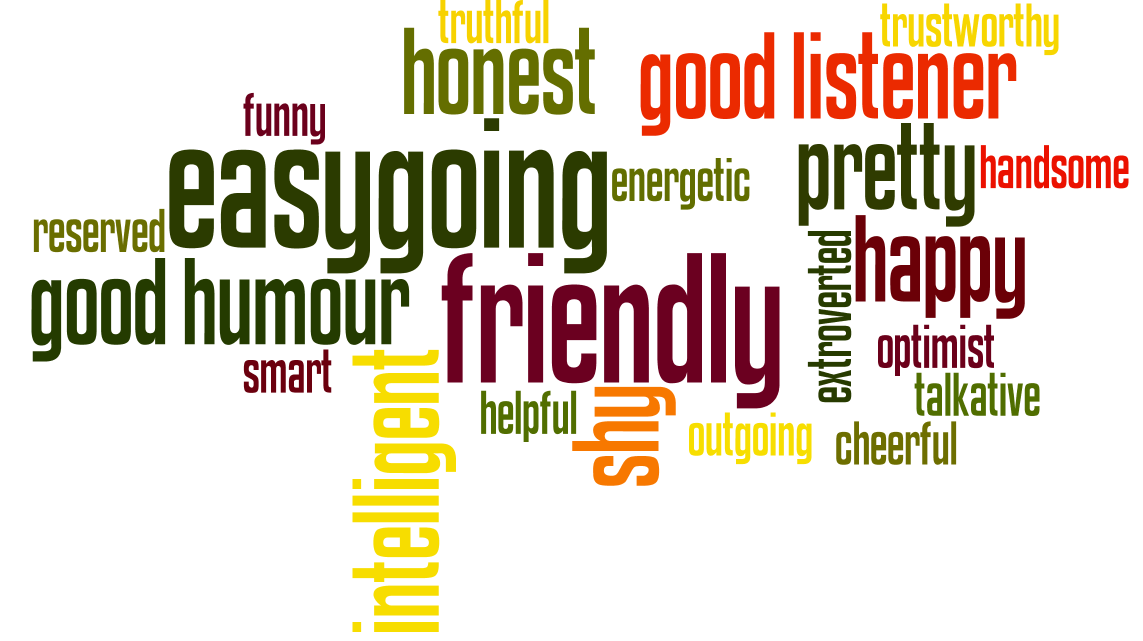
 Ieder thema bestaat uit een aantal opdrachten.
Ieder thema bestaat uit een aantal opdrachten.


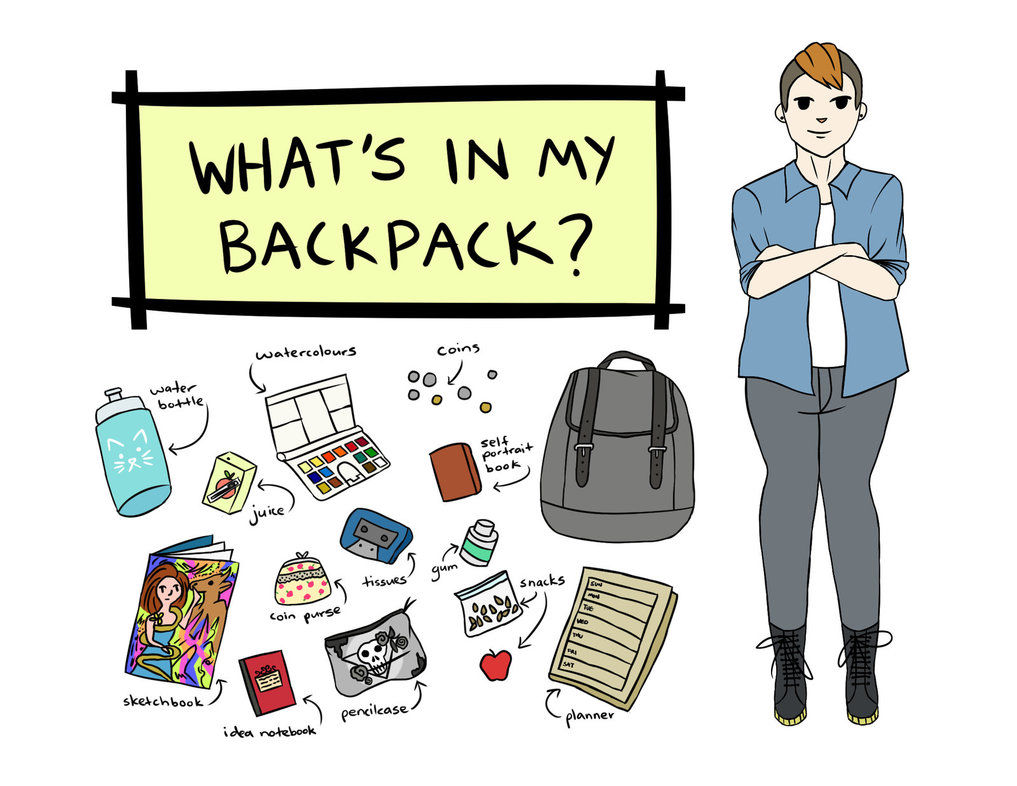
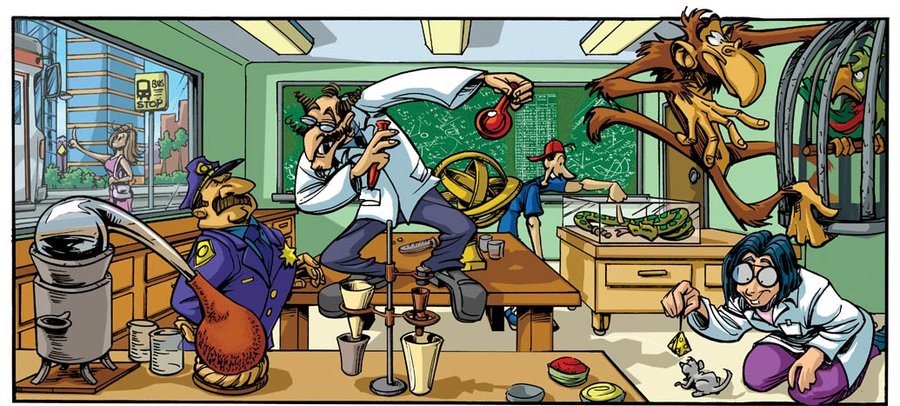
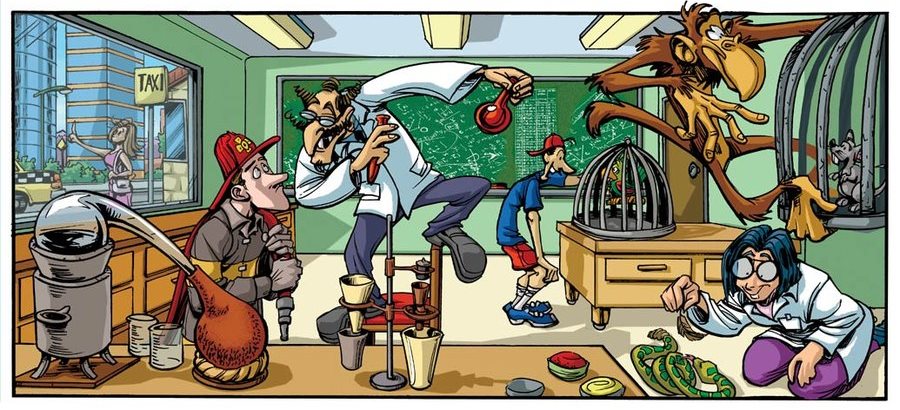
 naamwoord ‘notebook’, dat er op volgt. Hers is in het voorbeeld zelfstandig gebruikt. Het vervangt een eerder genoemde zelfstandige naamwoord (‘notebook’).
naamwoord ‘notebook’, dat er op volgt. Hers is in het voorbeeld zelfstandig gebruikt. Het vervangt een eerder genoemde zelfstandige naamwoord (‘notebook’).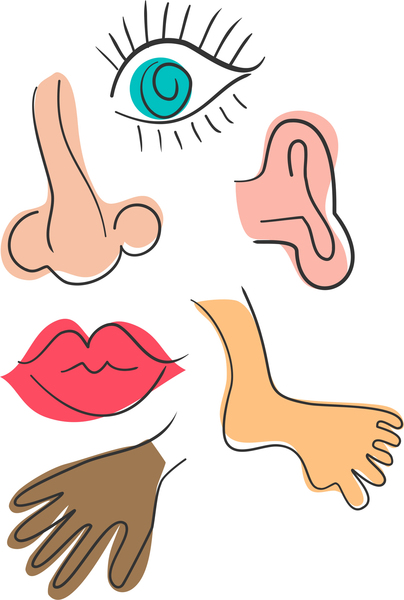
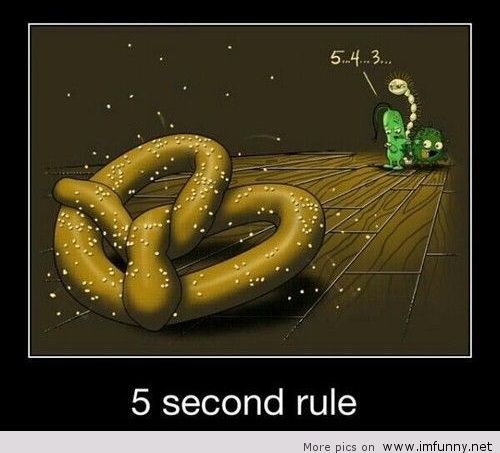


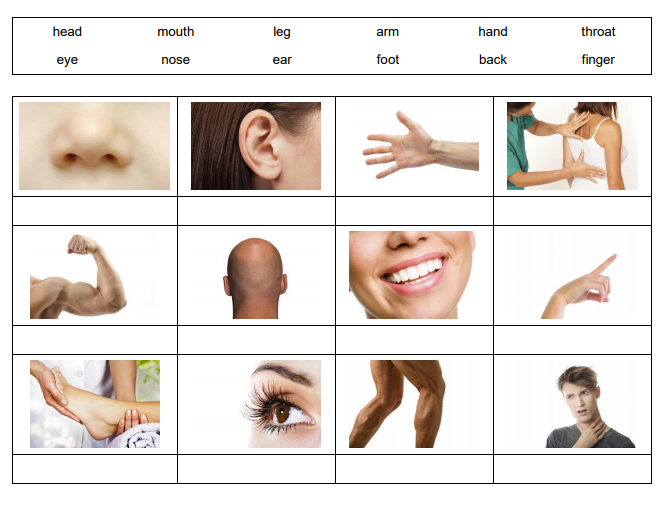
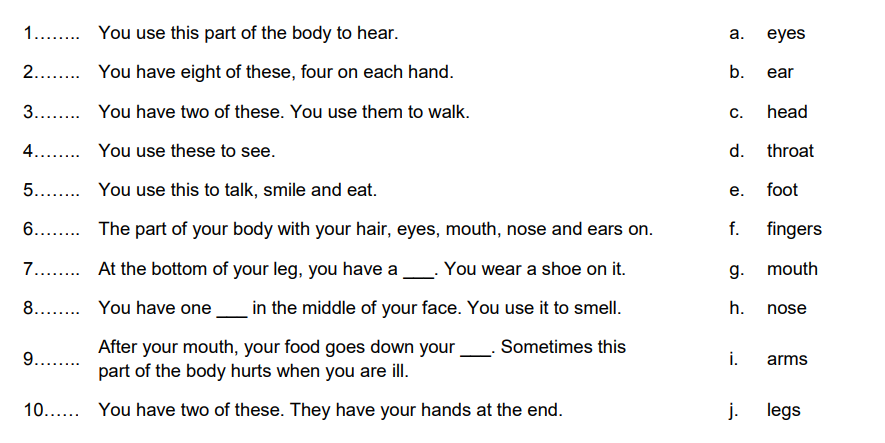



















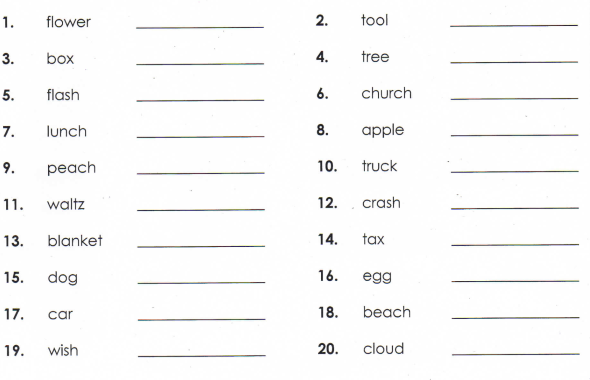
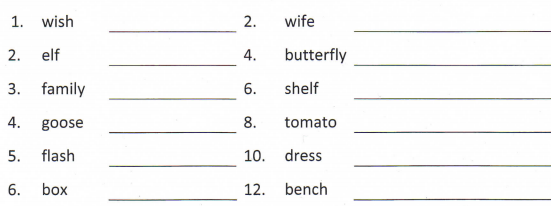



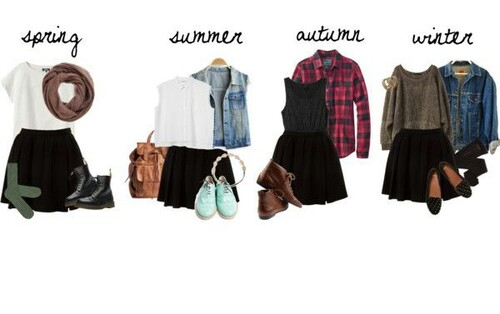
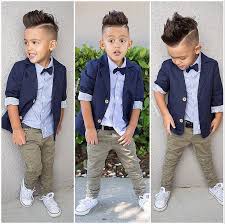
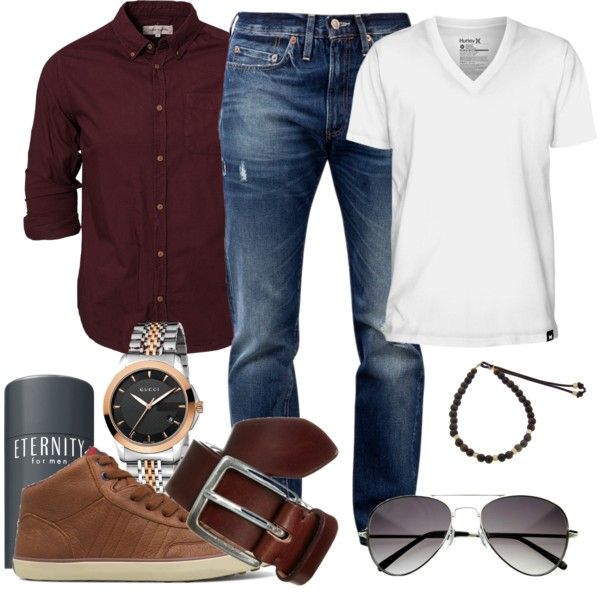
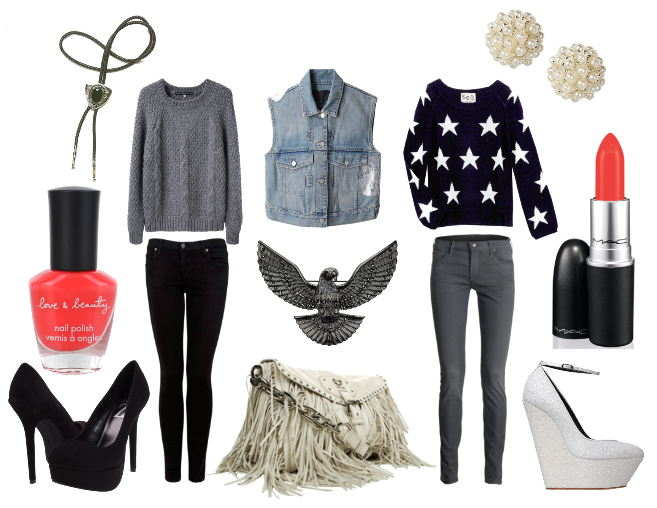
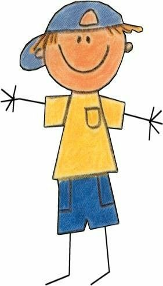
 is round. I´m patient and kind of lazy. I like anime , hip hop and I always wear a cap.
is round. I´m patient and kind of lazy. I like anime , hip hop and I always wear a cap. 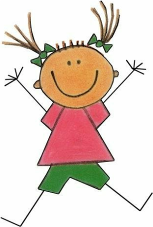 Description 2
Description 2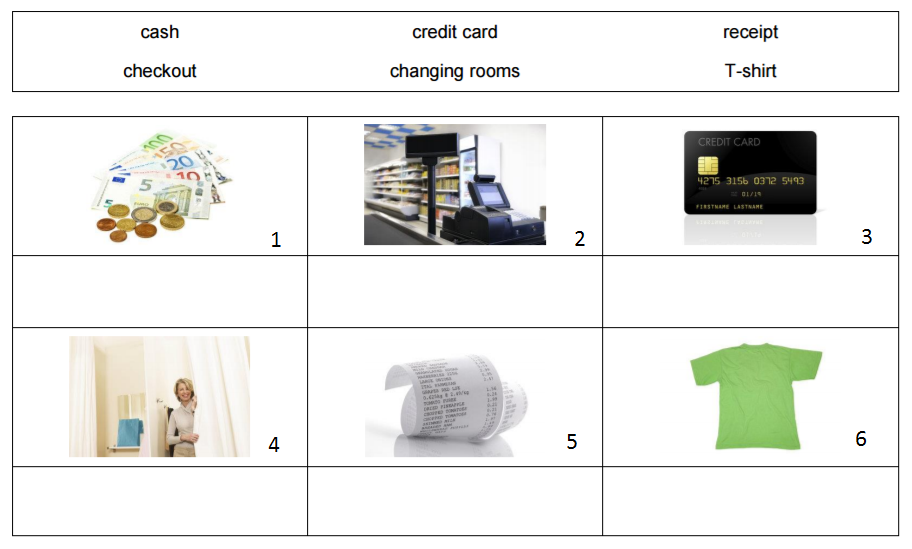
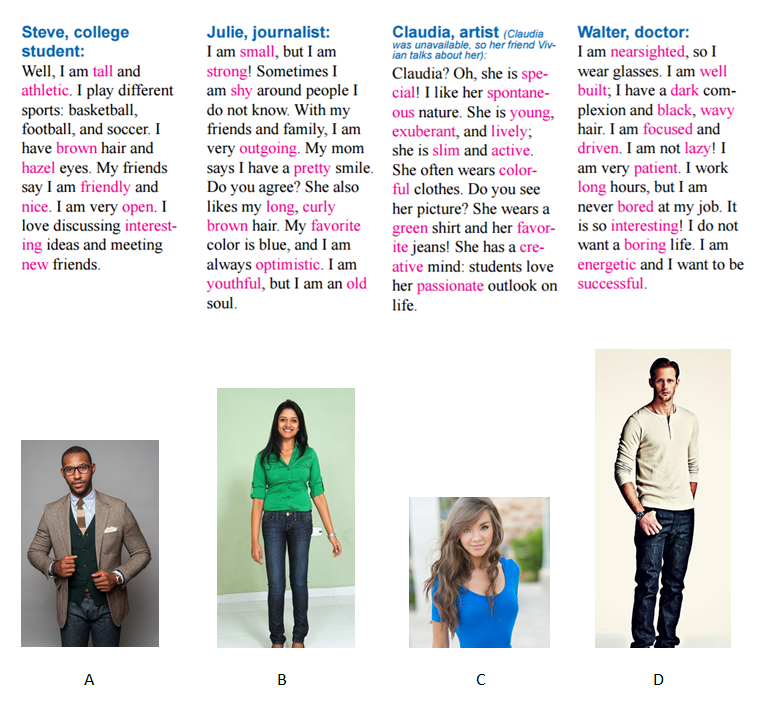
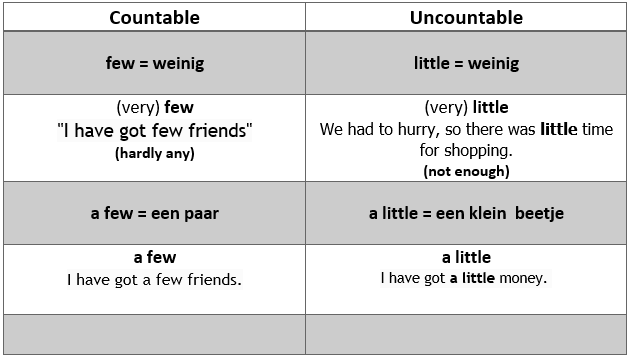
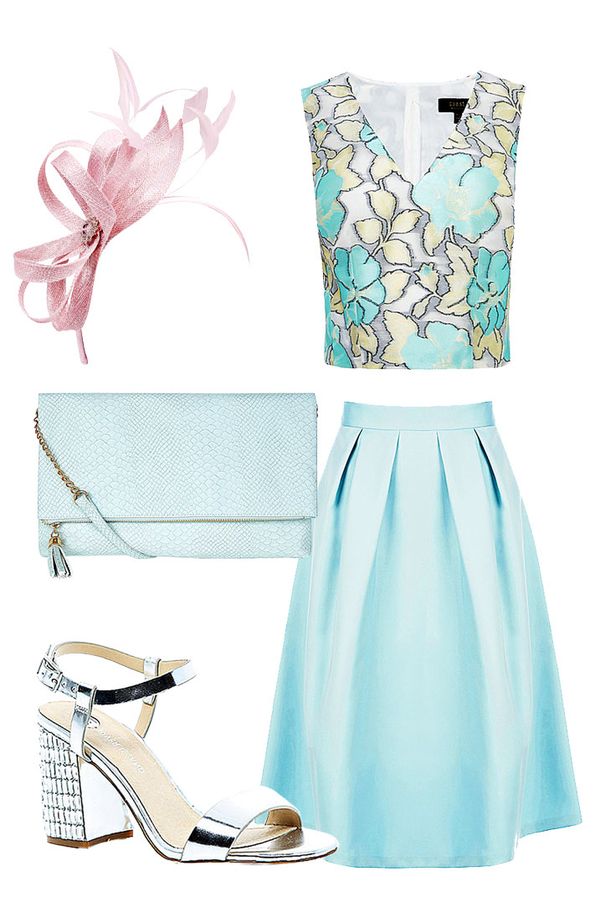

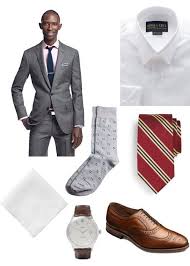
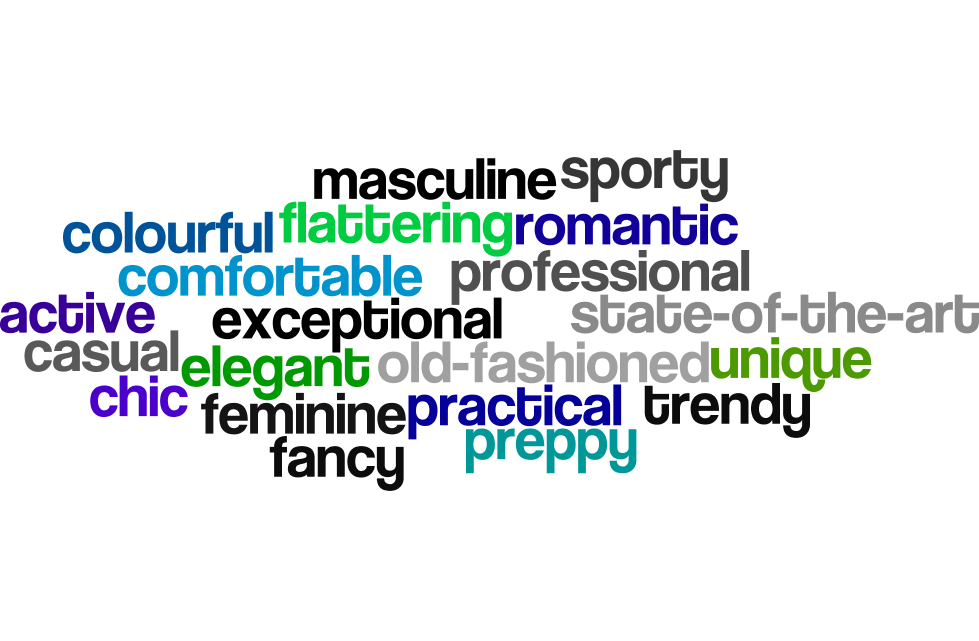
 Much
Much

 \
\